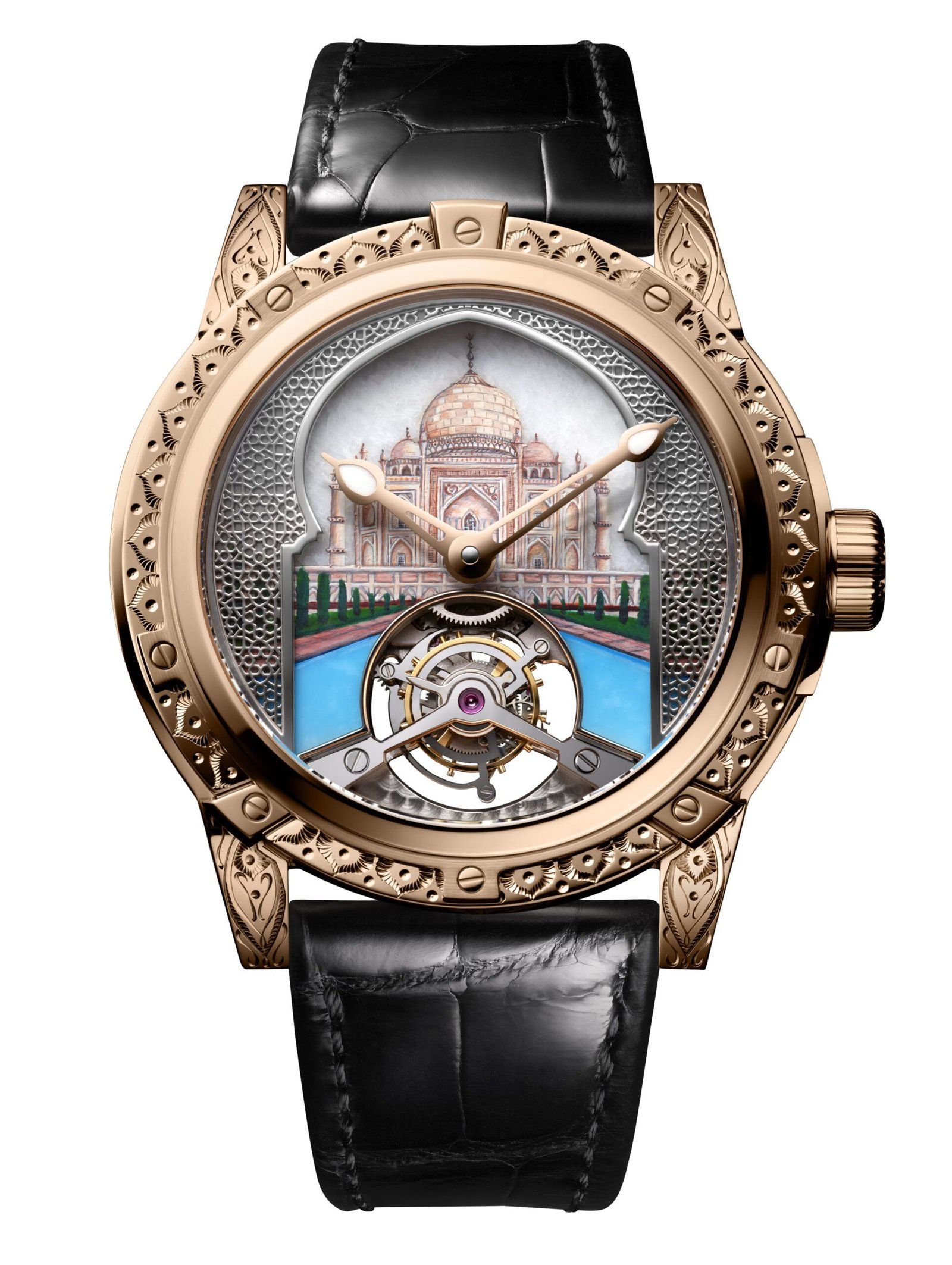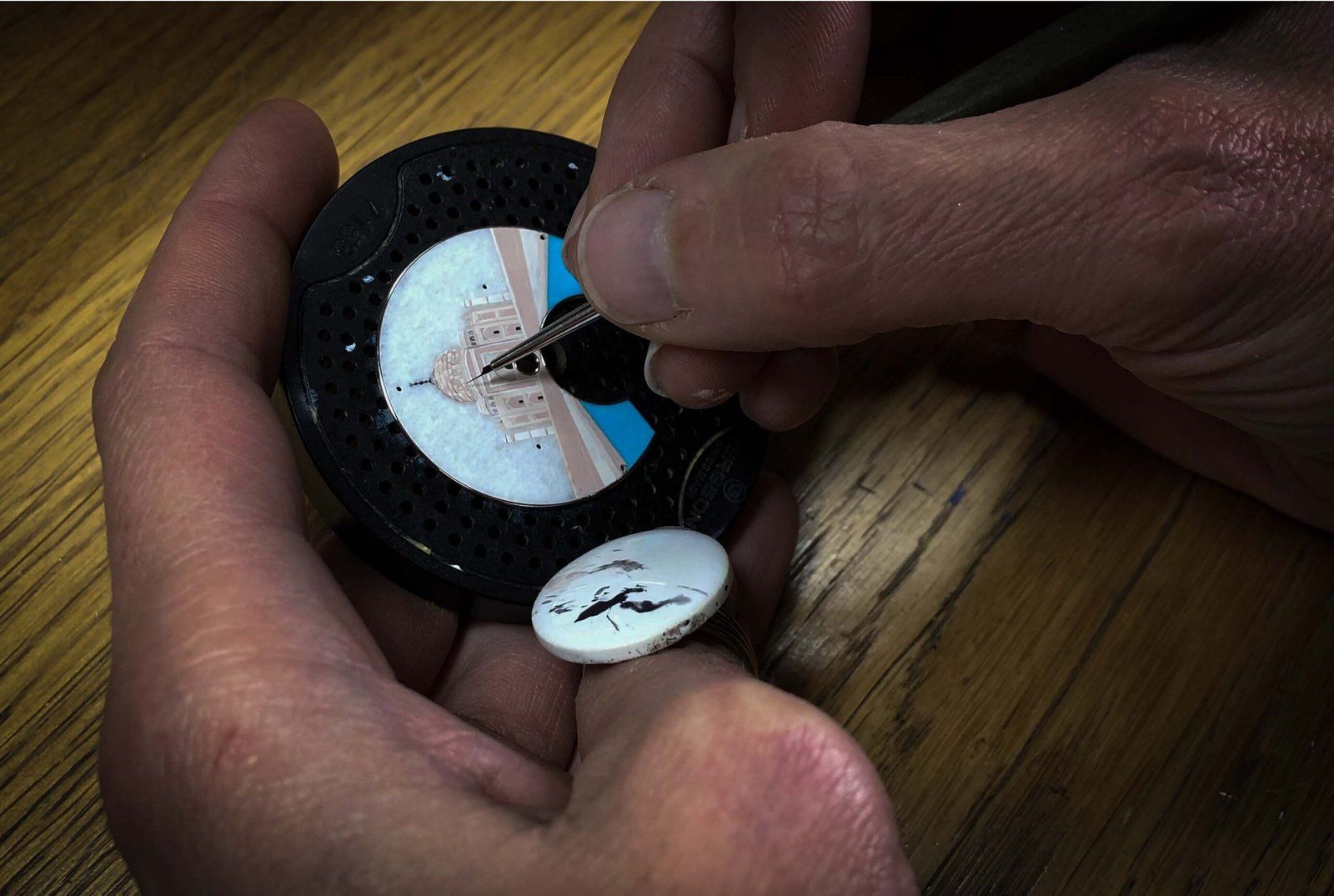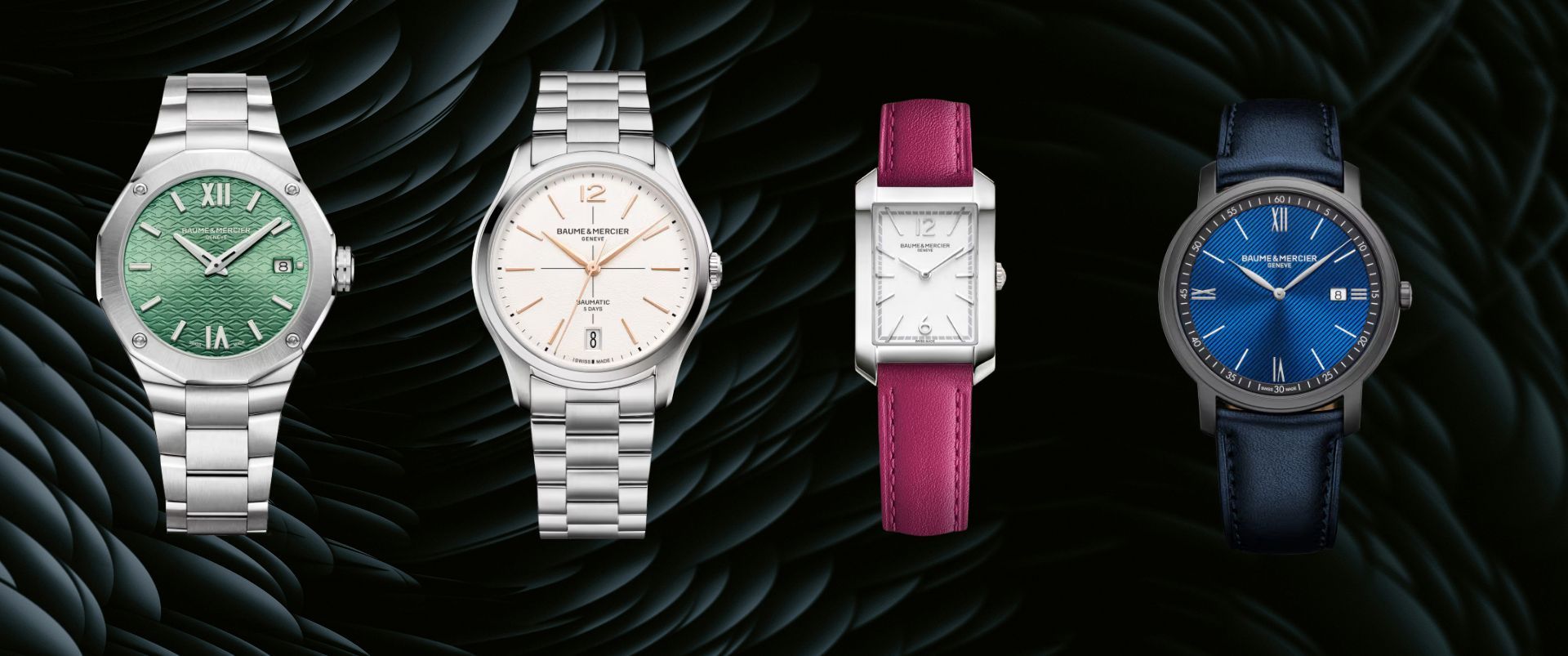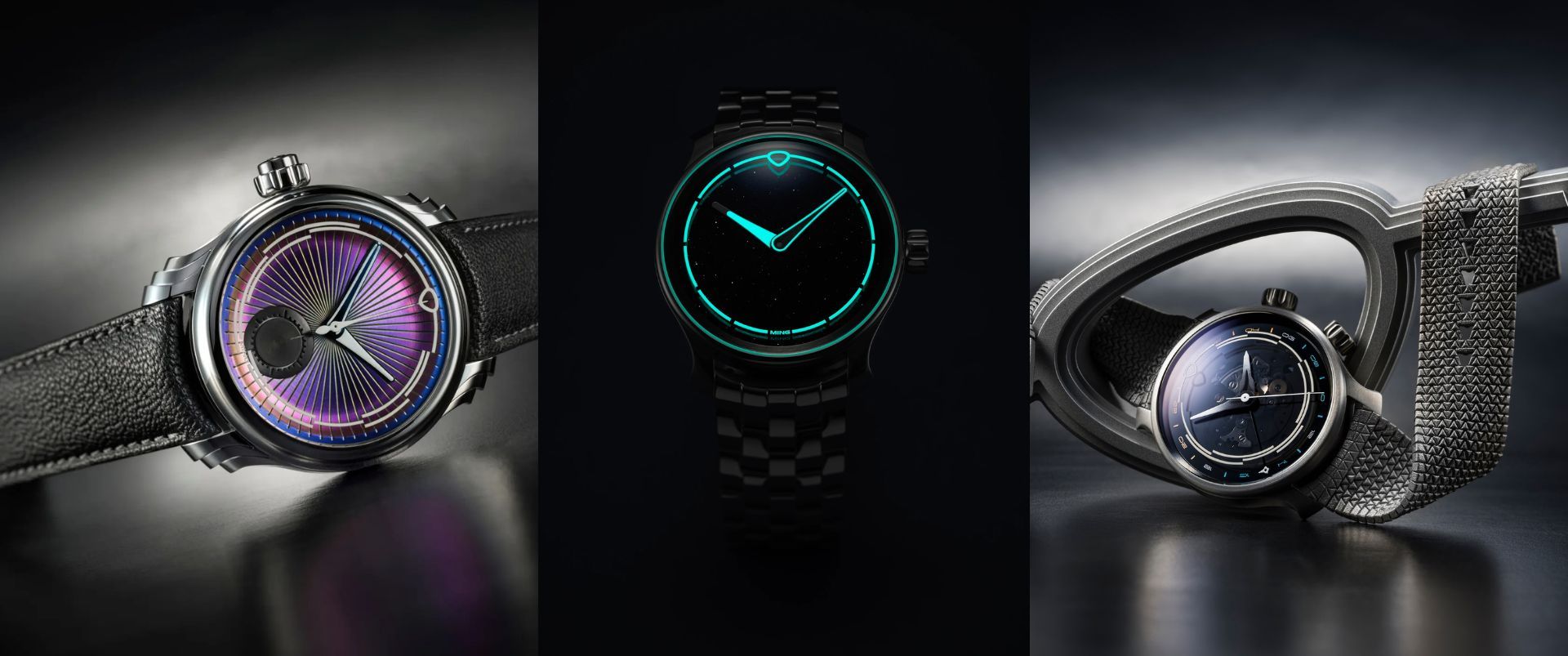Watches & Wonders 2021: Louis Moinet 8 Marvels of the World - Taj Mahal
The Tourbillon. Originally made to compensate the action of gravity of the time-keeping components (escapement system) in pocket watches, is way beyond just an intricate micro-mechanical craft. While the Tourbillon sure does nominate itself among the “wonders” of the horological world, together with Minute Repeaters, Perpetual Calendars, Retrograde displays, Jumping Hours, Fly-Back Chronographs, Force Constant movements and Automata, we have seen each of these marvels merge together, put out there as high complications, in watches.
Louis Moinet has taken their Calibre LM 35, a 60-second tourbillon movement, awarded the Gold Medal at the last International Chronometry Competition and created a special eight one-of-a-kind creations, inspired by the eight of the most beautiful human achievements across the ages, all of which are presented in the Louis Moinet travel trunk. Featured here is the one closest to our hearts - The Taj Mahal.
The Taj Mahal is a white marble mausoleum built in 1648 by the Muslim Mughal Emperor Shah Jahan in memory of his wife Mumtaz Mahal, which means "Jewel of the Palace" in Persian. A jewel of Mughal architecture, its style combines Islamic, Iranian, Ottoman and Indian influences.
For its construction, more than 1,000 elephants are said to have used to transport white marble from Rajasthan, jasper from Punjab, turquoise from Tibet ... In total, 28 types of fine and ornamental polychrome stones were used for the stone inlays in the white marble. An elaborate miniature painting graces the white marble dial. It depicted the architectural details of the Taj Mahal, including the slightly bulbous central dome, which is 35 metres high. It is topped by a bronze pinnacle decorated with a kalash, a Hindu symbol of good luck, as well as an Islamic crescent moon symbol.
The dome rests on an inverted lotus-shaped drum. It is surrounded by smaller secondary domes, as well as four free-standing minarets, 43 metres high. They have an octagonal base and a tapered cylindrical body. Vertically, the minarets are divided into three parts by two different balconies. In front of the Taj Mahal, the turquoise part evokes the water of one of the garden's canals.
A polished and rhodium-plated grid is affixed to the dial. It gives the work a depth effect and is adorned with ornamental motifs reminiscent of the moucharabieh windows found in traditional architecture.
No articles found







